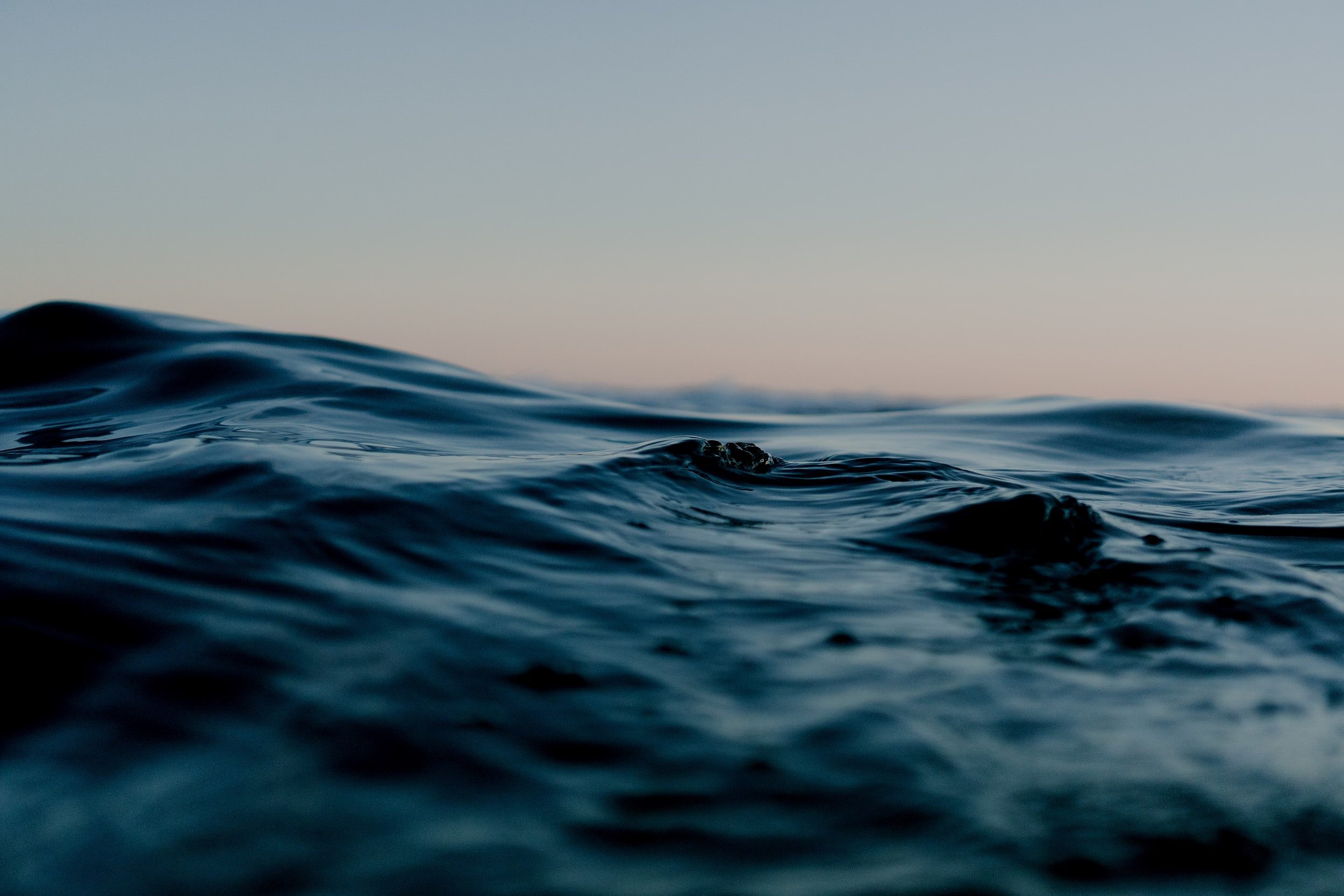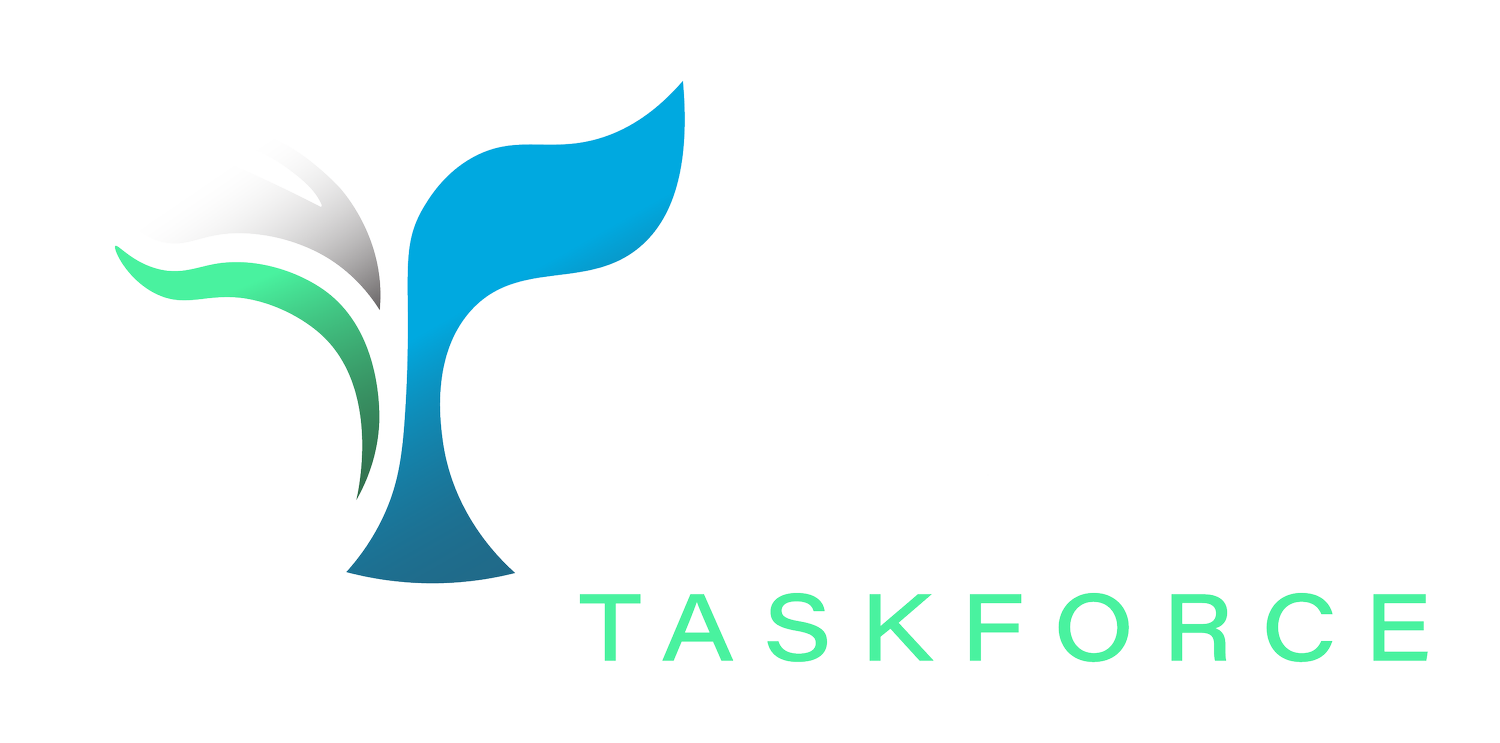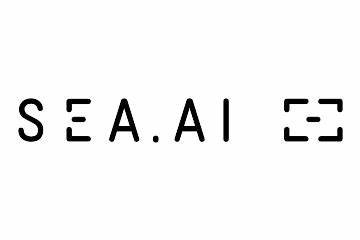Our WHY
Management of the North Atlantic Right Whale (NARW) presents a challenge for resource managers and those who operate vessels. Fewer than 350 individual NARW remain, and below-average reproduction makes for a dire long-term outlook for the species.
Vessel strikes represent one of the sources of mortality. NOAA Fisheries, under the authority of the Marine Mammal Protection Act and the Endangered Species Act, has sought to reduce this mortality through seasonal speed restrictions and dynamic speed restriction zones based on spatial and temporal occurrence of NARWs. Compliance with these measures has been below 50%, they have been difficult to enforce, and they have come with significant impacts to boaters.
We believe a management approach that engages all stakeholders will provide increased engagement, greater compliance with speed restrictions and spur the development of additional risk reduction management tools, ultimately decreasing NARW mortality.
Our vision is to be a catalyst for change in marine conservation, while leading the way in technological advancements that ensure the safety and sustainability of marine life.

In response, a panel of experts is working to carry out the following mission:
to identify, develop, and implement technology and monitoring tools in the marine industry and boating community that are evidence-based and data-informed. Our aim is to mitigate the risk of vessel strikes on marine mammals, with a special focus on the endangered North Atlantic Right Whales (NARW).
About us
Members have backgrounds in marine mammal monitoring and detection, spatial risk analysis, marine electronics, and telemetry. The group is currently working quickly to inventory existing, assets to monitor and detect NARW positional information. The group will explore available platforms to analyze this data and push it to vessel operators. In addition, the group will work with experts in spatial risk modeling to quantify mitigation efforts and design management measures based on empirical data.
Results from pilot projects and other exercises will be shared with the public, policymakers and resource managers.
WAVS Taskforce Members
Our Values
Collaboration
Uniting stakeholders across sectors to foster innovative tools.
Sustainability
Committing to the long-term health of marine ecosystems.
Innovation
Pioneering technology-driven approaches for marine safety.
Transparency
Sharing knowledge and findings to drive global awareness and action.
Publications by Taskforce Members
-

SpaceWhale
Satellite surveys prove a reliable monitoring method for high latitude southern right whale habitat
-

SpaceWhale
The Potential of Satellite Imagery for Surveying Whales
-

SpaceWhale
Aerial-trained deep learning networks for surveying cetaceans from satellite imagery
-

Whale Seeker
Scaling whale monitoring using deep-learning: a Human-in-the-loop solution for analyzing aerial datasets
-

Whale Seeker
Mapping Arctic cetaceans from space: A case study for beluga and narwhal
-

Jasco
Using sonobuoys and visual surveys to characterize North Atlantic right whale (Eubalaena glacialis) calling behavior in the Gulf of St. Lawrence
-

Jasco
Effectiveness of surface-based detection methods for vessel strike mitigation of North Atlantic right whales
-

Jasco
Assessing the lethality of ship strikes on whales using simple biophysical models
-

Jasco
Exploring movement patterns and changing distributions of baleen whales in the western North Atlantic using a decade of passive acoustic data
-

Jasco
Long-term passive acoustic recordings track the changing distribution of North Atlantic right whales (Eubalaena glacialis) from 2004 to 2014



























